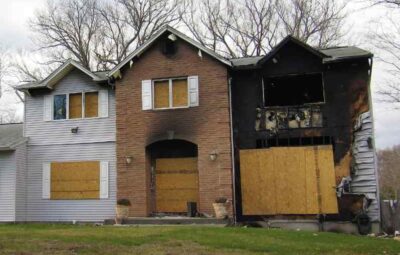House inspections are an important part of the home-buying process. They provide invaluable insight into the condition of the home, helping buyers to make an informed decision about whether or not to purchase the property. Unfortunately, identifying potential problems during a house inspection isn’t always easy. In this article, we’ll discuss some of the key tips and tricks for spotting potential problems when inspecting a house.
1. Check the Foundation:
The foundation of a house is one of the most important aspects to inspect before making a purchase. Issues with the foundation can be expensive to fix and often require expert attention. Therefore, it’s important to look out for signs of foundation damage, such as cracks, bulging or leaning walls, and uneven floors.
2. Look for Signs of Water Damage:
Water damage is one of the most common issues in homes and can lead to costly repairs. When inspecting a house, look out for signs of water damage, such as stains on the walls, ceiling, and floors, as well as discoloration of the paint or wallpaper. If there is evidence of water damage, it’s important to determine the cause and extent of the damage before making a purchase.
3. Inspect the Roof:
Look for signs of missing or damaged shingles, as well as any signs of wear and tear. Also, check for any evidence of water damage, such as leaks or stains, which can indicate a structural issue.
4. Check the Plumbing System:
The plumbing system is an important part of any home and one that should not be overlooked when inspecting. Look for any signs of leaks, such as water stains, as well as any discoloration of the pipes. Make sure to check for any signs of corrosion or rust, which can indicate an issue with the plumbing system.
5. Inspect the Electrical System:
The electrical system is another important aspect to inspector for house before making a purchase. Look for signs of out-dated wiring, such as knob and tube wiring, as well as any exposed wiring. Check if the outlets are grounded and if there are any signs of burning or scorching.
6. Check for Pest Infestations:
Pest infestations can cause extensive damage to a home and can be expensive to repair. When inspecting a house, look for any signs of pests, such as droppings or nests. Additionally, check for any signs of damage to the walls, floors, or ceilings, which can indicate an infestation.
7. Look for Signs of Mold and Mildew:
Mold and mildew can cause a range of health issues and can be difficult to remove. When inspecting a house, look for any signs of mold or mildew, such as water stains or discoloration of the walls and ceilings. If there is evidence of mold or mildew, it’s important to determine the cause and extent of the issue before making a purchase.
Conclusion:
They provide invaluable insight into the condition of a property, helping buyers to make an informed decision about the purchase. By following the tips and tricks discussed in this article, buyers can identify potential problems and ensure they make a well-informed decision.






